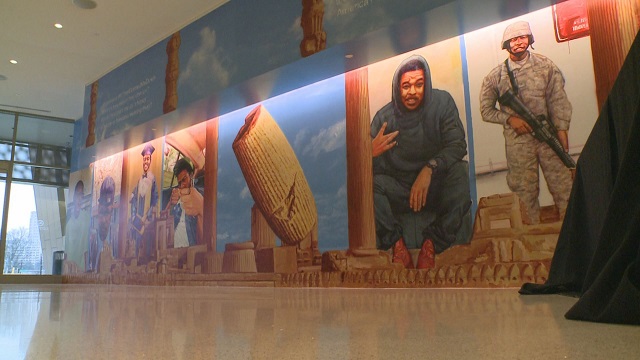Every week, I shine the spotlight on some of the best storytelling in the business and offer my comments. “3 Great Stories of the Week” will post every Monday at 8 AM.
Ferguson: the other young black lives laid to rest in Michael Brown’s cemetery (8/7/15, BBC): What an inventive, informative way to commemorate the one-year mark of the killing of Michael Brown.
Jessica Lussenhop, senior writer for BBC News Magazine, visits St. Peter’s Cemetery in north St. Louis County, where “there is still no headstone in the place where 18-year-old Michael Brown Jr is buried”. But, Lussenhop discovers, the cemetery is home to many with similar stories:
If one walks in any direction away from grave number four, there are many more pictures of black men and women who died in their teens or early 20s. Some are grinning in school portraits, or giving the camera their most serious expression. Some stones include a baby picture, or a composite photo of the deceased with their children. One marker is etched with a photo of the young man’s beloved truck.
Within a roughly 30-metre radius of Michael’s grave there are at least 15 homicide victims. The youngest was a 15-year-old. Most of them were shot. There are also deaths by suicide, cancer, car accidents, but for those under the age of 30, the predominant cause of death is homicide.
The difficulty of telling a story like Michael Brown’s comes from the temptation to immediately intertwine the individual incident with the massive context and history surrounding it. Lussenhop succeeds by seeking out the numerous incidents that provide such context; she turns in a appropriately rich story as a result.
(more…)
